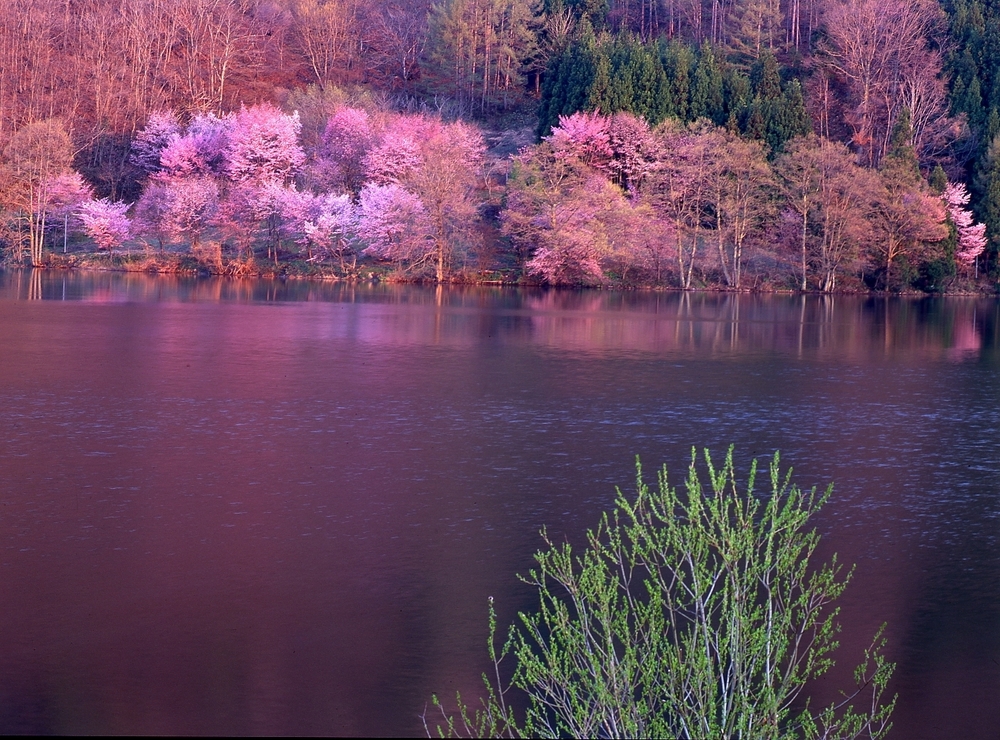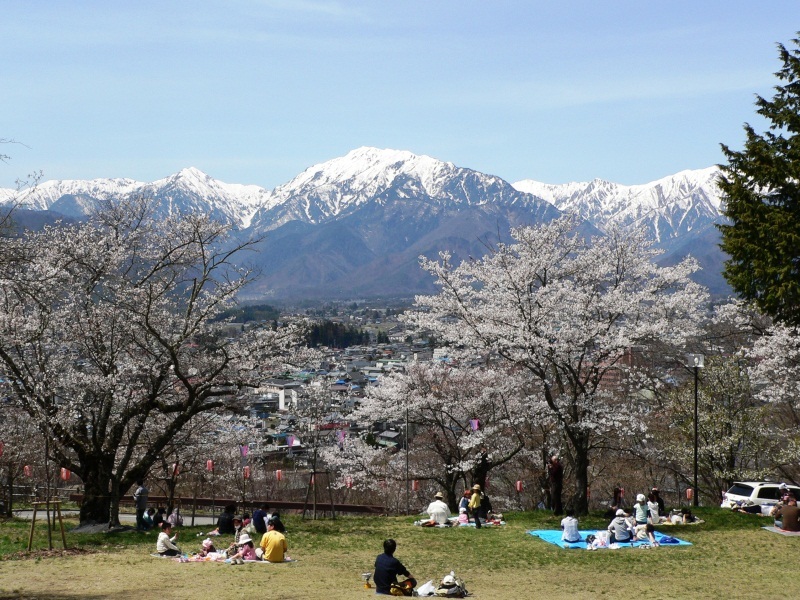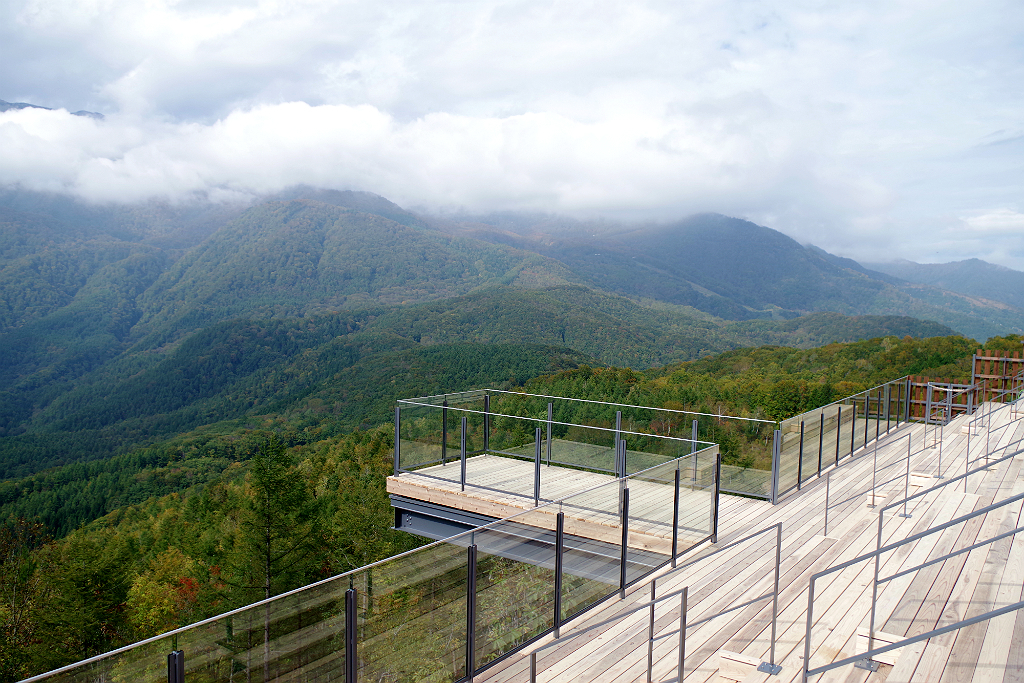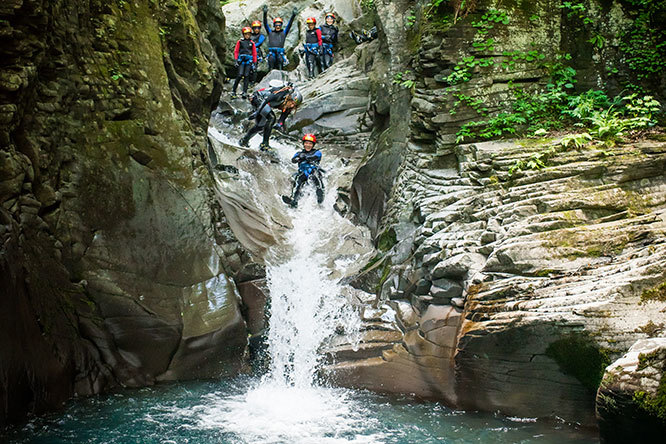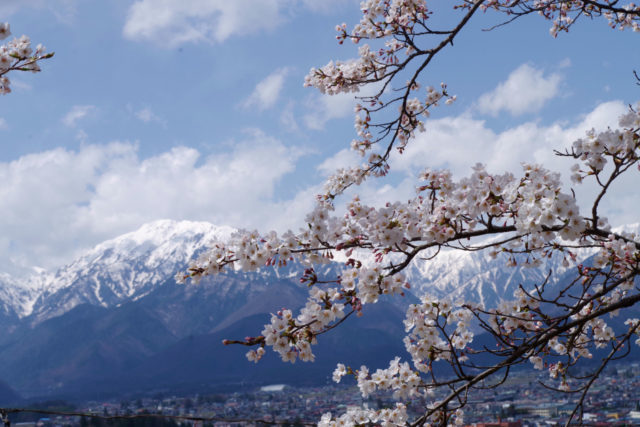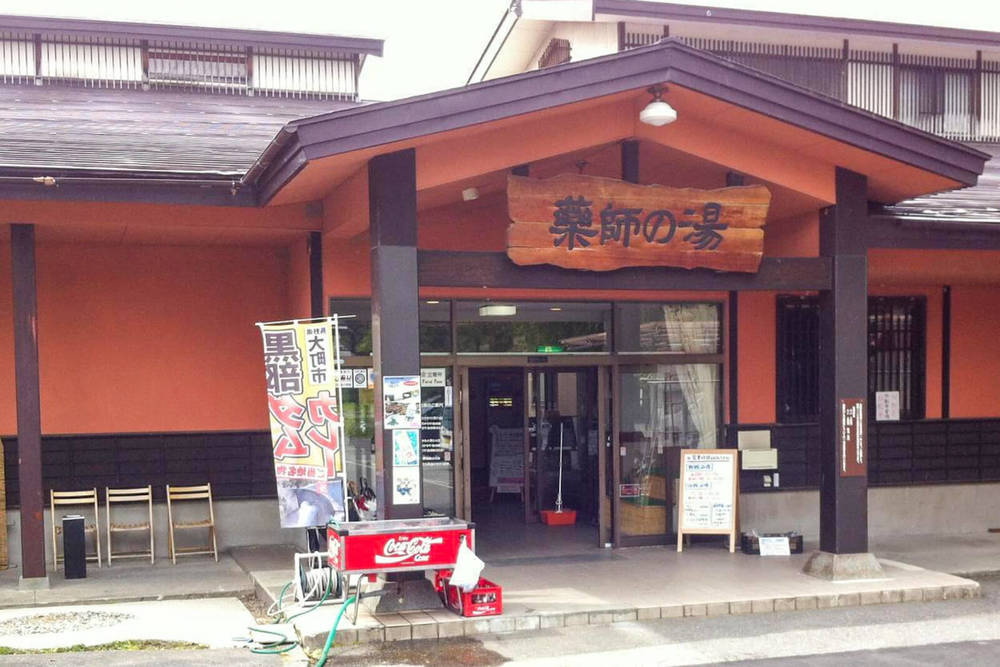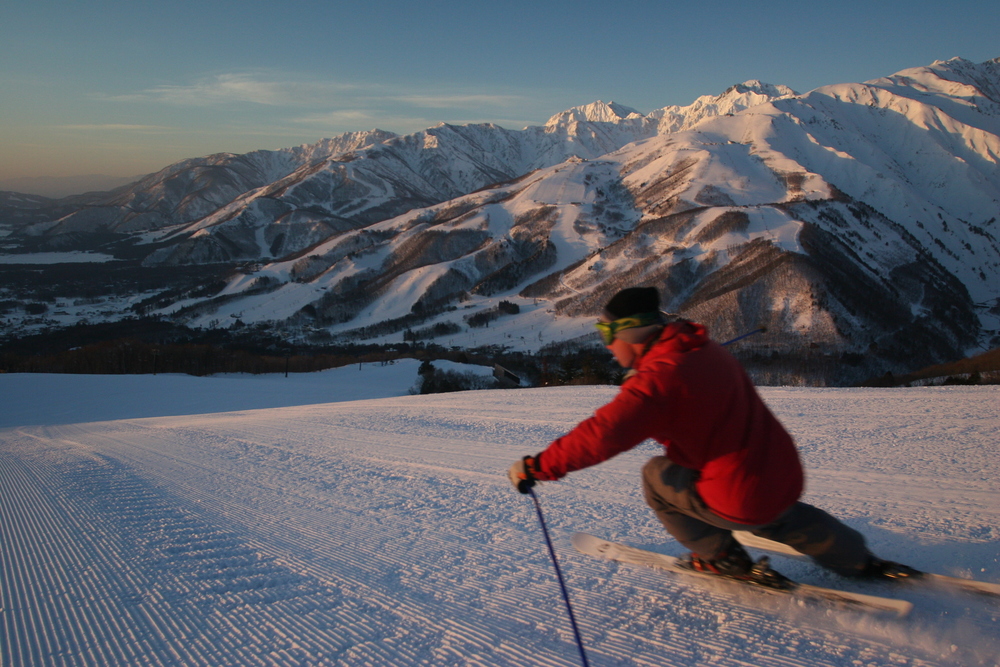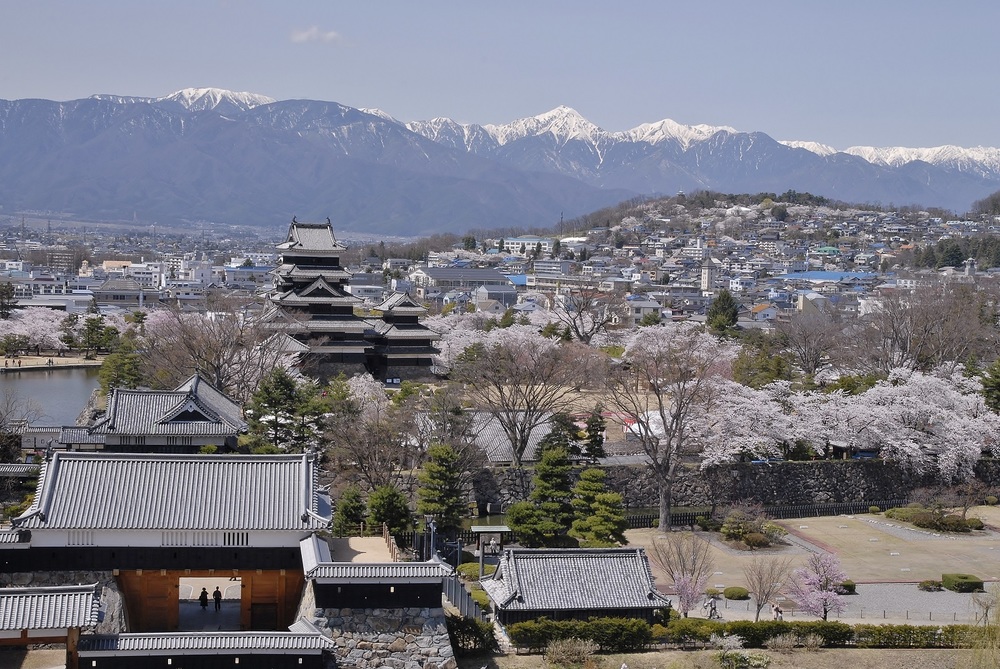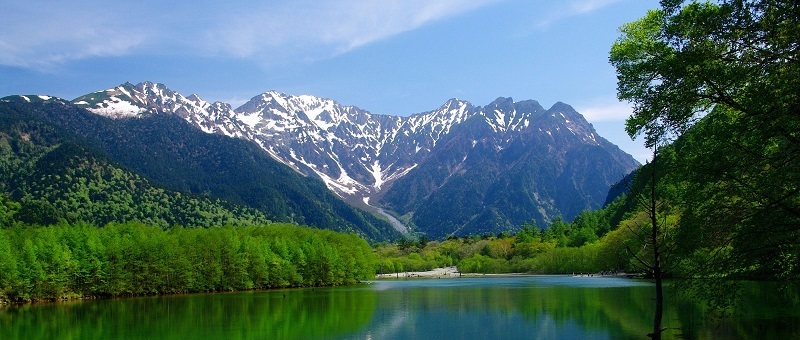The Tateyama Kurobe Alpine Route
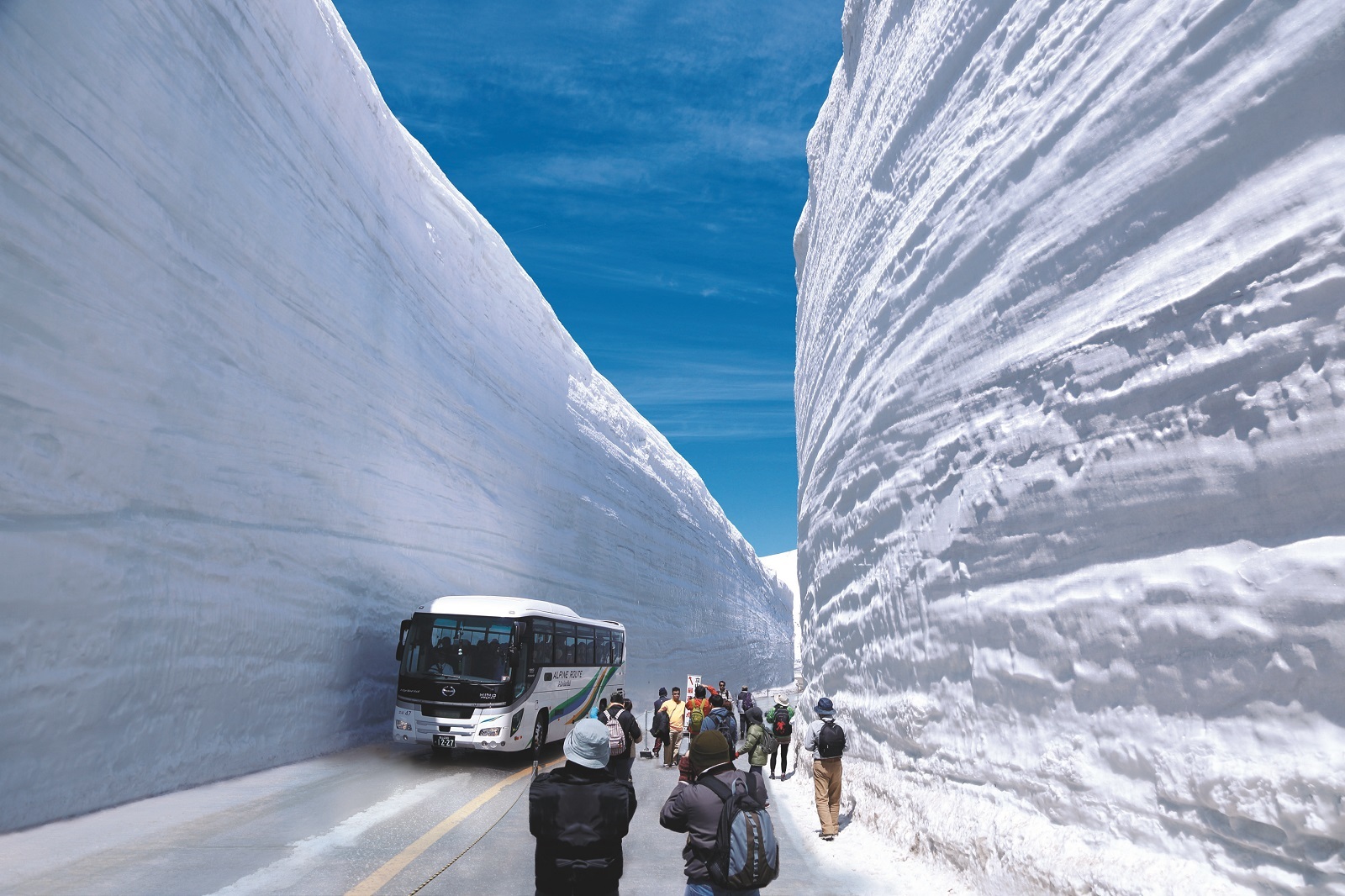
Massive sightseeing opportunities in the Japanese Alps. 20-meter-high snow walls and Japan's tallest dam!
Mountainous Nagano Prefecture is known as the Roof of Japan, and if that roof had a peak, it could very well be considered to be the Tateyama Kurobe Alpine Route.
Along this spectacular sightseeing route, which crosses Mt. Tateyama to connect Nagano and Toyama prefectures, you can see the massive Kurobe Dam, the snow walls of Murodo, and plentiful alpine scenery.
It's not the Destination, but the Journey

Part of the excitement of the Tateyama Kurobe Alpine Route is not just the sights, but the many different vehicles you ride along the way. As you travel from one end to the other, you'll get to experience trolley buses, cable cars, and panoramic ropeways.
Six different vehicles aid you in your journey up to Murodo and back down to the valley on the other side. Not only do they make the trip incredibly easy—imagine how difficult it would be to climb up on foot—they also add to the route's unique experience.
Starting at Ogizawa on the Nagano side of the Alpine Route, the trip begins on an eletric bus that takes you through the 6.1km long Kanden Tunnel to the Kurobe Dam. Walking across the massive man-made structure, you can enjoy the views of the dam lake and the valley below.

Next, an underground cable car brings you up the mountain to Kurobedaira, the starting point of the Tateyama ropeway. Without a single pylon along its 1,700 meter length, the ropeway will both inpsire and terrify you with its unobstructed, sky-high views. At the other end of the ropeway is Daikanbo, the halfway point of the route.
Most people's favorite portion of the route is just beyond the Tateyama Tunnel. The tunnel trolley drops you off at Murodo, the highest portion of the route near Mt. Tateyama. Here you can see the famous snow walls, which can reach heights of up to 20 meters tall during spring. The intrepid and duly prepared can also use Murodo as a starting point to climb Mt. Tateyama (3,015m), considered one of Japan’s most sacred mountains.
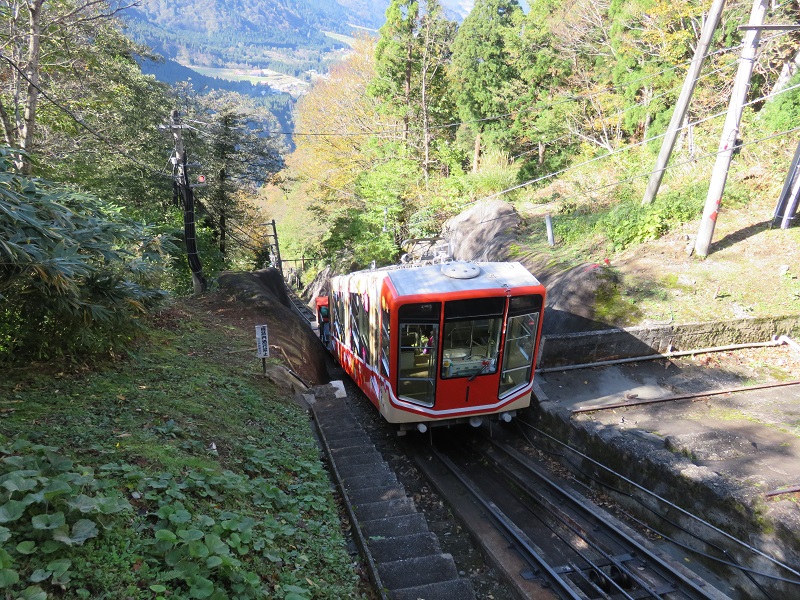
Finally, it's time to head back down the mountain and into Toyama. Here, the Tateyama Highland bus takes you from lofty Murodo (2,450m) all the way down to Bijodaira (977m). The 50-minute ride gives you plenty of time to enjoy the mountain views and relax after a busy day. At Bijodaira, a final cable car takes you back down into the valley.
The Kurobe Dam—Japan's Largest, Highest Altitude Dam
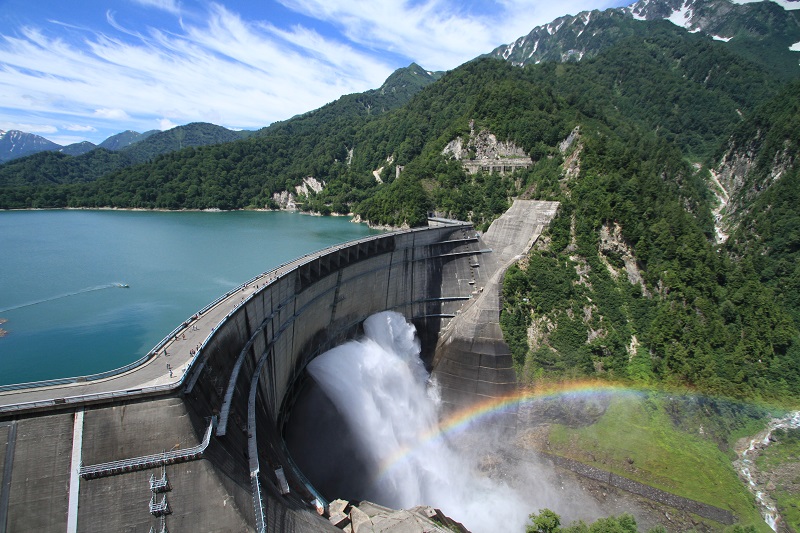
The Kurobe Dam is a massive achievement in engineering. As Japan's tallest dam at 186 meters in height, its sheer scale will blow you away. It is 492 meters long, made of over 1.5 million cubic meters of concrete, and each second, over 10 cubic meters of water pass through its generators. Each year, it generates one billion kilowatt-hours of electricity, enough to power over 90,000 homes.
Between late June and mid-October, water is released from the spillway creating a gigantic rainbow for visitors to see.
The lake behind the dam can be toured via the Cruise Ship “Garube” (30 min. tours offered early June through mid-November). And the Dam Rest House serves the area’s iconic dish, Kurobe Dam Curry featuring a lake of delicious curry behind a dam of rice.
From Towering Walls of Snow to Fiery Autumn Colors
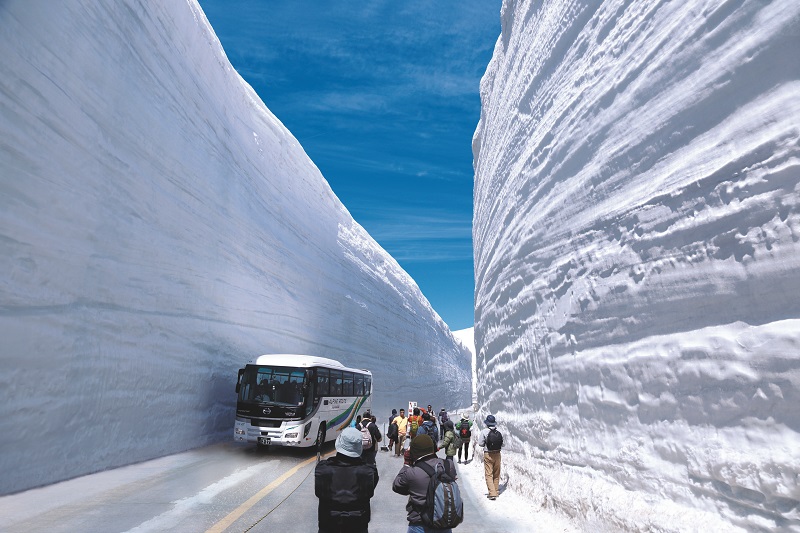
It’s hard to fathom a wall of snow 20 meters tall. When the bus corridor to Murodo is first carved out in the spring, its walls can reach that high. The snow at the top of the Kurobe-Tateyama Alpine Route is so deep that it usually doesn’t melt away until the end of summer. Imagine a snowball fight in late August!

Autumn starts early at this high altitude – leaves start turning color in late September at Murodo – and continues for 6 weeks with fall colors in Ogizawa and central Omachi through early November. Kurobe Lake looks especially resplendent when the surrounding Alps are in their spectacular autumn colors.
Nearby Attractions
Travelling the Tateyama-Kurobe Alpine Route can be an exhausting affair. What better to better way to rejuvenate than soak in an onsen? In between Ogizawa and central Omachi City is the Omachi Hot Springs Area. The Yakushi-no-yu bath house has a lovely outdoor bath in a woodland setting. Attached to the bath house is the Alps Onsen Museum for those curious about how onsens are created.
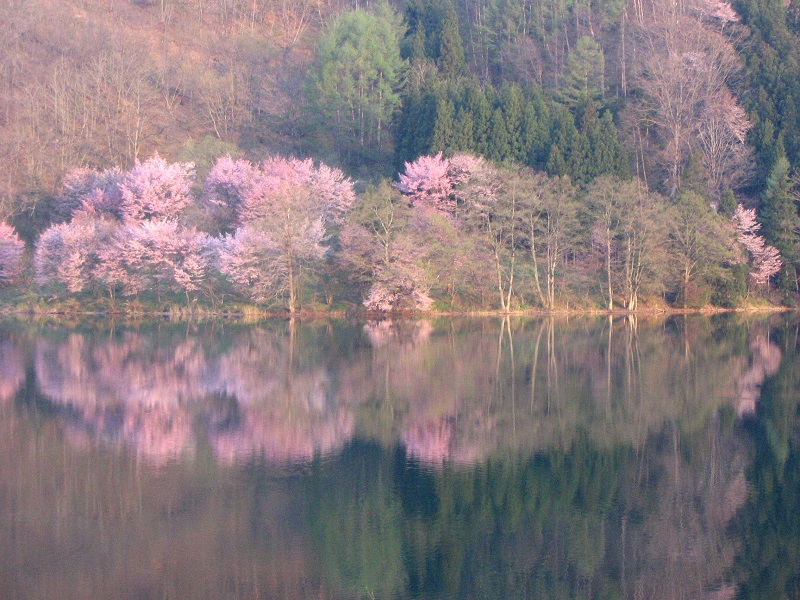
Visitors to the Alpine Route in April may also want to take advantage of Nagano's late cherry blossom season. Parks of flowering cherry trees can be found around Nagano, and many of them have views of the Alps still covered in snow.
Other popular destinations in the area include the outdoor adventure mountain resort of Hakuba, Matsumoto Castle, and the Daio Wasabi Farm.
Access to the Tateyama Kurobe Alpine Route
The Tateyama Kurobe Alpine Route is situated between Nagano and Toyama Prefectures, and it can be accessed from either side. On the Nagano Side, it begins at Ogizawa, and on the Toyama side, it begins at Tateyama Station.
Most people take the route one-way, traveling from Nagano to Toyama or vice versa, but it is also possible to do a round-trip visit, reaching Murodo and doubling back the way you came. Traveling one-way is less expensive, costing 12,450 yen from Nagano Station to Dentetsu Toyama Station (even cheaper with the Tateyama Kurobe Option Ticket), and round-trip fares vary by starting point. See the Alpine Route's official website for all fares.
By Train and Bus
From Nagano
From Nagano Station, take the Ogizawa line bus from the Nagano Station east exit to Ogizawa (105 min.). The Alpine Route begins here and takes you all the way across to Dentetsu Toyama Station.
From Matsumoto
From Matsumoto Station, take the JR Oito line train to Shinano-Omachi Station (60 min.). From there, take the local bus to Ogizawa Station (40 min.)
By Car
The closest exit to the Alpine Route is the Azumino IC exit on the Nagano Expressway. From there, it's about an hour to Ogizawa.
If you plan to travel one-way along the route, you'll also need to have your vehicle forwarded to the other side of the route. There are two companies that offer this service: Tateyama Traffic and Sankeishya.
Update:2020/04/02


